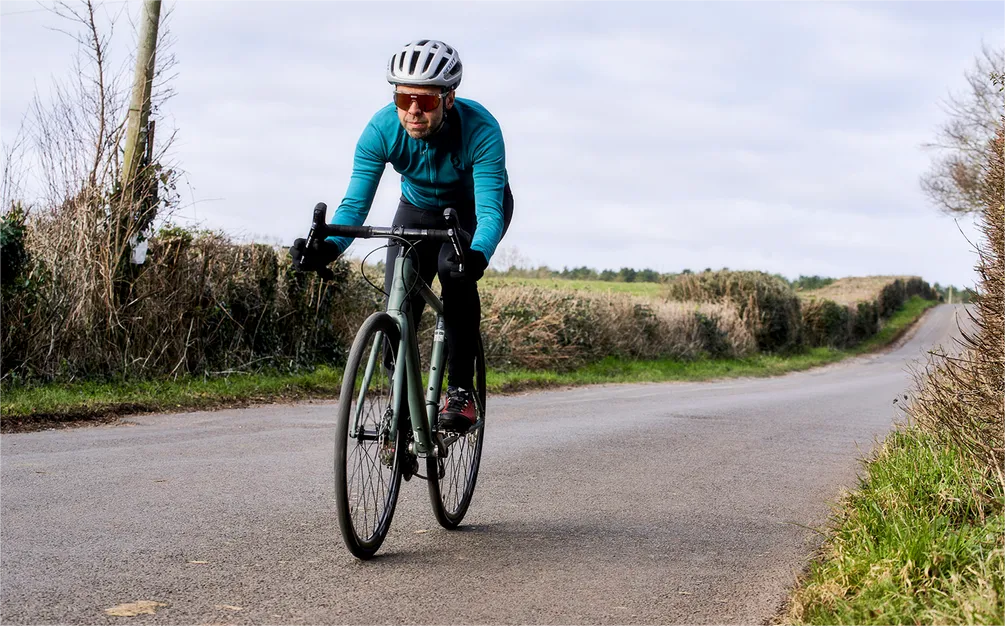Cycling is a versatile form of exercise that offers numerous health benefits, including cardiovascular fitness and improved lower body strength. When it comes to cycling uphill specifically, the physical demands increase significantly, prompting questions about its impact on muscle development. This article explores whether cycling uphill can indeed build muscle and the physiological processes behind this phenomenon.
Understanding Muscle Growth
Muscle growth, also known as hypertrophy, occurs when muscle fibers undergo stress or resistance beyond their accustomed levels. This stress leads to microscopic damage to the muscle fibers, triggering a repair process where new muscle proteins are synthesized to strengthen and enlarge the muscle fibers. This adaptive response is governed by the principle of progressive overload, which suggests that muscles must be challenged progressively to continue growing.
The Role of Resistance in Muscle Building
Resistance training, which involves exercises that work against an opposing force (like weights or gravity), is a well-established method for stimulating muscle growth. When cycling uphill, the resistance comes from gravity, which requires more effort from the muscles to propel the body forward against the incline. This increased resistance can lead to muscle fatigue and micro-tears in the muscle fibers, initiating the process of muscle repair and growth.
Uphill Cycling and Muscle Activation
Uphill cycling primarily targets the muscles of the lower body, including the quadriceps, hamstrings, glutes, and calves. The continual pedaling against gravity places significant stress on these muscles, causing them to contract forcefully with each pedal stroke. This repetitive contraction under resistance is akin to performing lower body resistance exercises in a gym setting, albeit with a different mode of resistance.
Specific Muscles Engaged
1. Quadriceps: The quadriceps muscles at the front of the thigh are heavily engaged during uphill cycling to extend the knee and push the pedal down against gravity.
2. Hamstrings: The hamstrings, located at the back of the thigh, work eccentrically to control the pedal stroke and assist in lifting the leg back up.
3. Glutes: The gluteal muscles, particularly the gluteus maximus, are vital for generating power during the pedal stroke, especially when standing on the pedals to climb steep gradients.
4. Calves: The calf muscles contribute significantly to the pedaling action, especially during the downward phase of the pedal stroke.
Impact of Uphill Cycling on Muscle Hypertrophy
While cycling uphill primarily emphasizes endurance due to the sustained effort required, it can also contribute to muscle hypertrophy when performed consistently and at sufficient intensity. The key factors influencing muscle growth during uphill cycling include:
- Intensity: Higher intensity cycling (e.g., steep inclines or faster speeds uphill) places greater stress on the muscles, promoting hypertrophy.
- Duration: Longer durations of uphill cycling further extend the time under tension for the muscles, which can contribute to muscle growth.
- Frequency: Regular uphill cycling sessions allow for repeated exposure to muscle stress and recovery, essential for hypertrophy.
Physiological Responses to Uphill Cycling
1. Muscle Fiber Recruitment: Uphill cycling recruits a higher proportion of fast-twitch muscle fibers, which are more involved in explosive movements and have a greater potential for hypertrophy compared to slow-twitch fibers.
2. Metabolic Stress: The increased resistance during uphill cycling elevates metabolic stress within the muscles, promoting cellular adaptations that support muscle growth.
3. Hormonal Responses: Uphill cycling can elevate levels of hormones like testosterone and growth hormone, which play roles in muscle repair and growth.
Optimizing Muscle Growth through Cycling Uphill
To maximize muscle building potential while cycling uphill, consider the following strategies:
1. Vary Intensity and Terrain: Include varied routes with different inclines and intensities to challenge muscles in different ways.
2. Incorporate Strength Training: Supplement uphill cycling with off-bike strength training exercises targeting major muscle groups to further enhance muscle development.
3. Focus on Recovery: Allow adequate time for rest and recovery between sessions to facilitate muscle repair and growth.
Conclusion
Cycling uphill can indeed build muscle, particularly in the lower body, by subjecting muscles to significant resistance and stress. While it may not replicate the same muscle-building effects as traditional resistance training with weights, consistent and challenging uphill cycling can contribute to muscle hypertrophy when integrated into a well-rounded fitness regimen. To optimize muscle growth, combine uphill cycling with strength training and prioritize recovery to support muscle repair and adaptation.

